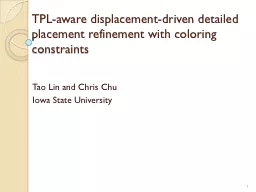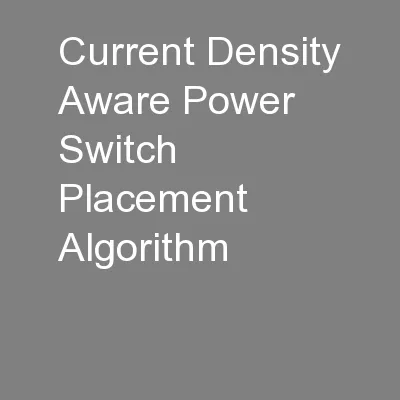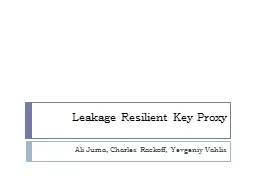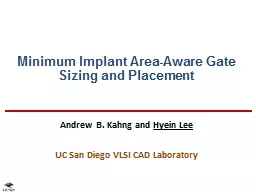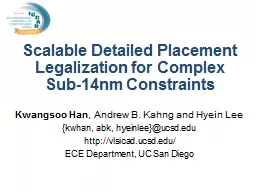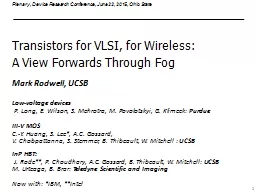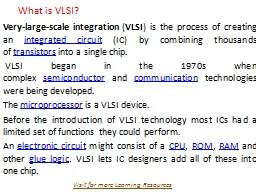PPT-Diffusion Break-Aware Leakage Power Optimization and Detailed Placement in Sub-10nm VLSI
Author : cheryl-pisano | Published Date : 2019-11-03
Diffusion BreakAware Leakage Power Optimization and Detailed Placement in Sub10nm VLSI Sun ik Heo Andrew B Kahng Minsoo Kim and Lutong Wang UC San Diego Samsung
Presentation Embed Code
Download Presentation
Download Presentation The PPT/PDF document "Diffusion Break-Aware Leakage Power Opti..." is the property of its rightful owner. Permission is granted to download and print the materials on this website for personal, non-commercial use only, and to display it on your personal computer provided you do not modify the materials and that you retain all copyright notices contained in the materials. By downloading content from our website, you accept the terms of this agreement.
Diffusion Break-Aware Leakage Power Optimization and Detailed Placement in Sub-10nm VLSI: Transcript
Download Rules Of Document
"Diffusion Break-Aware Leakage Power Optimization and Detailed Placement in Sub-10nm VLSI"The content belongs to its owner. You may download and print it for personal use, without modification, and keep all copyright notices. By downloading, you agree to these terms.
Related Documents


